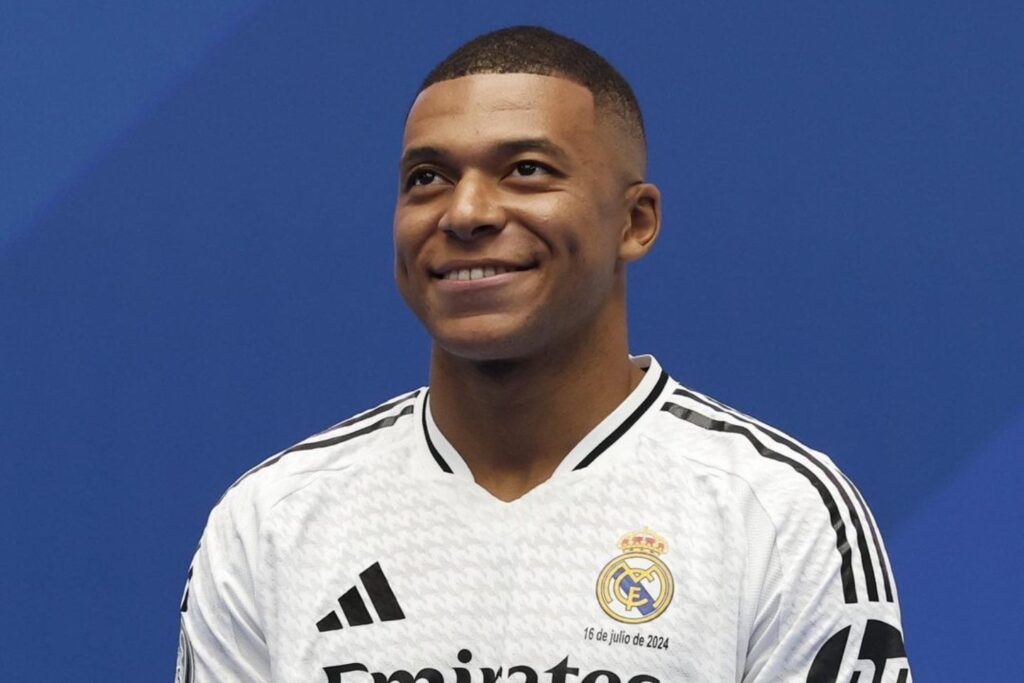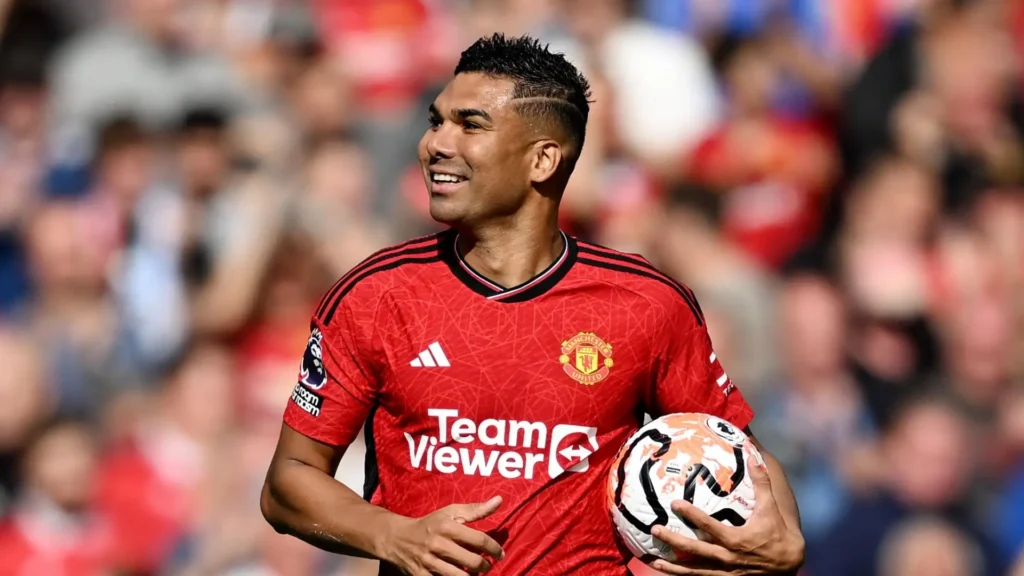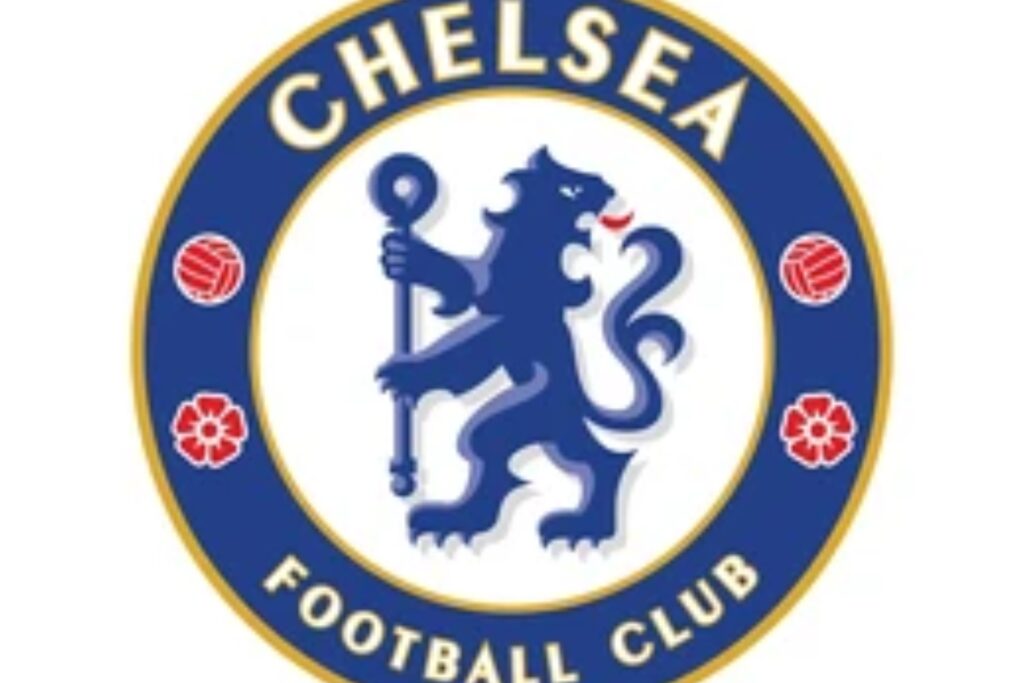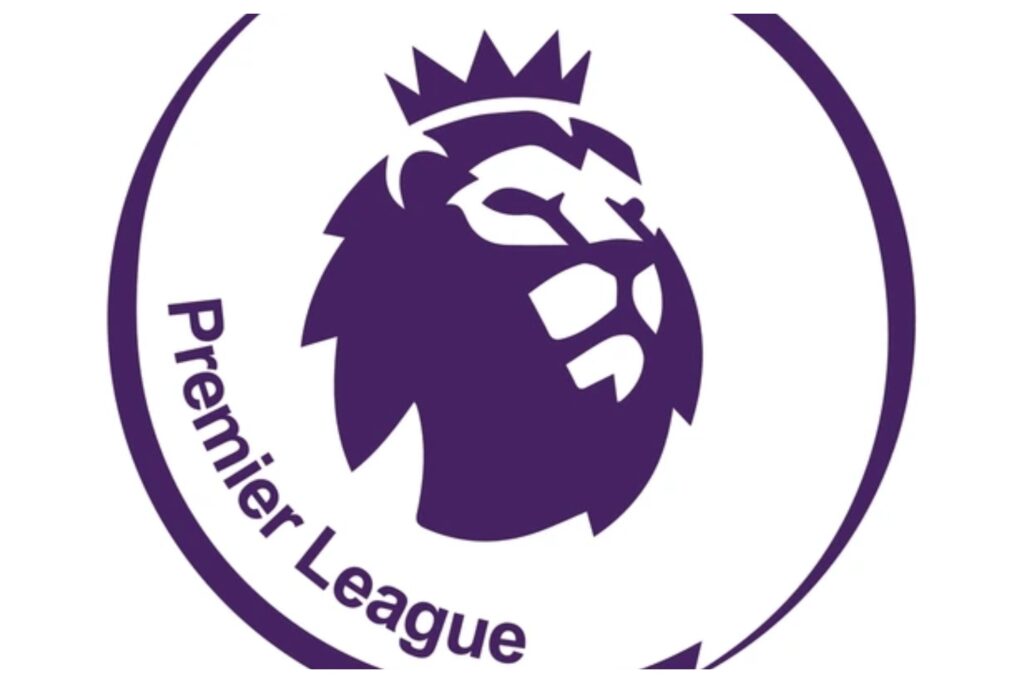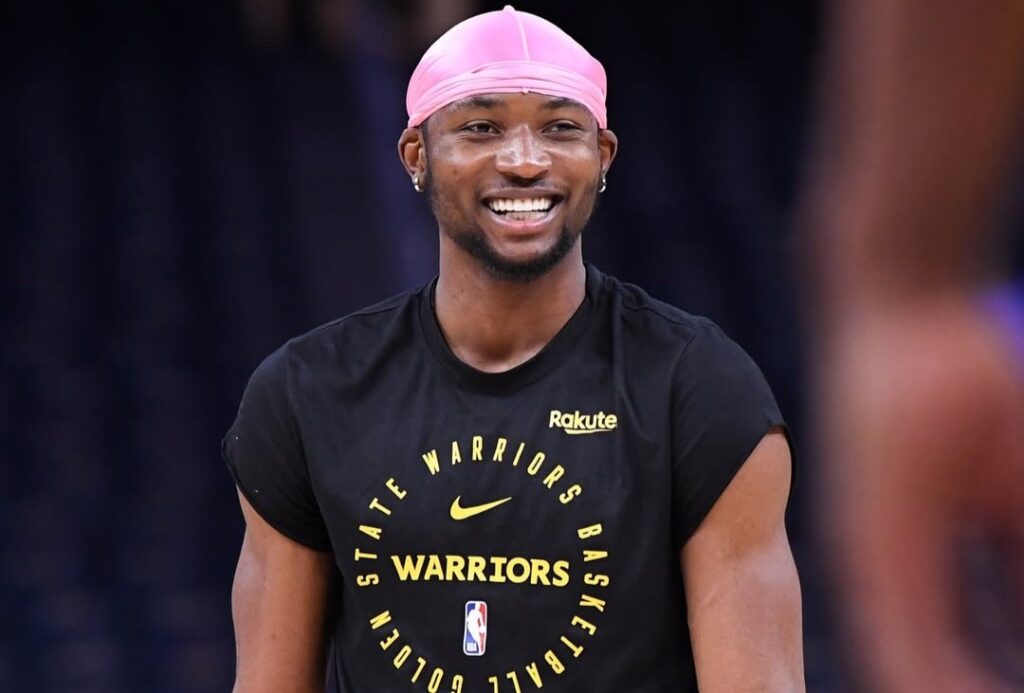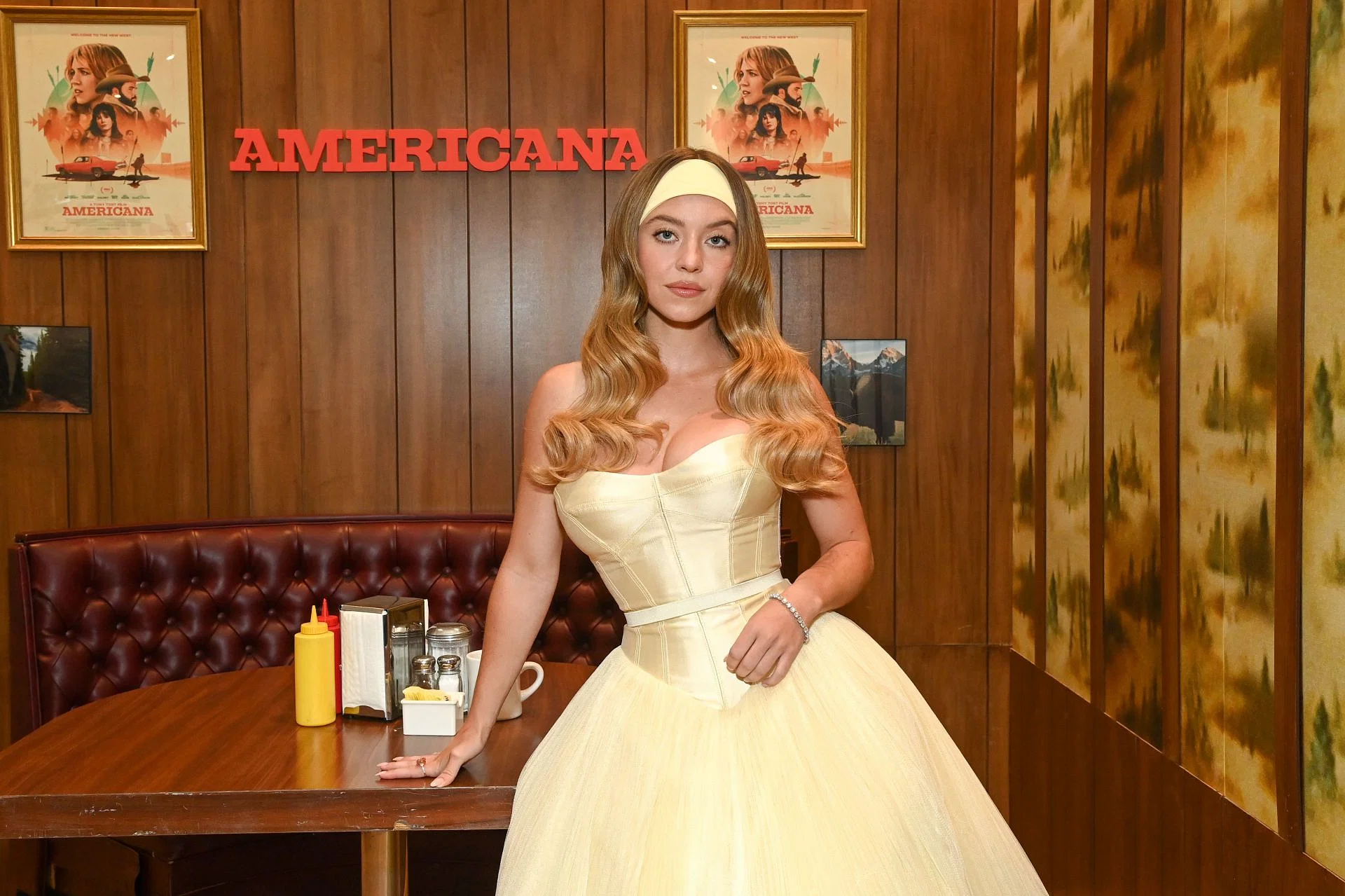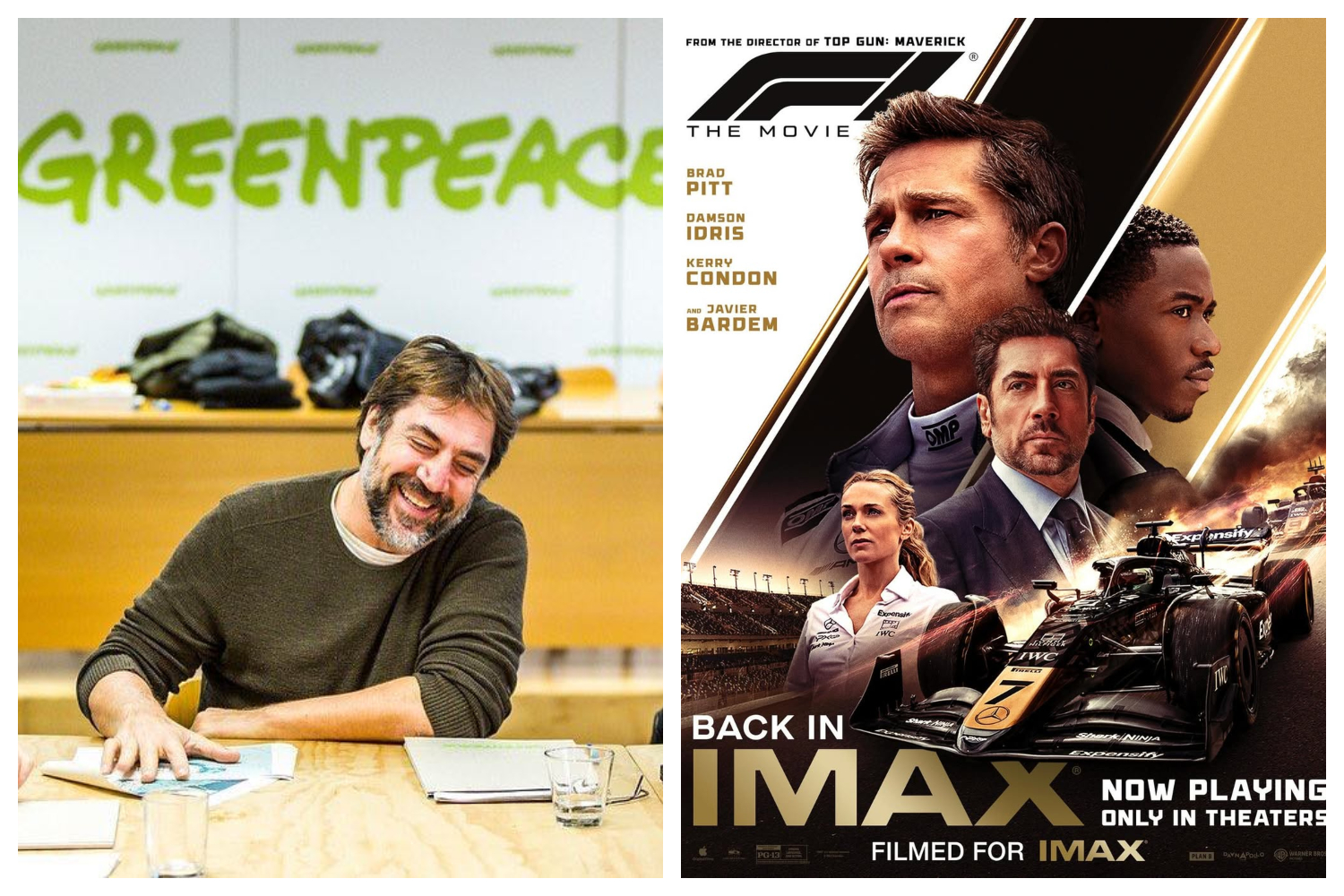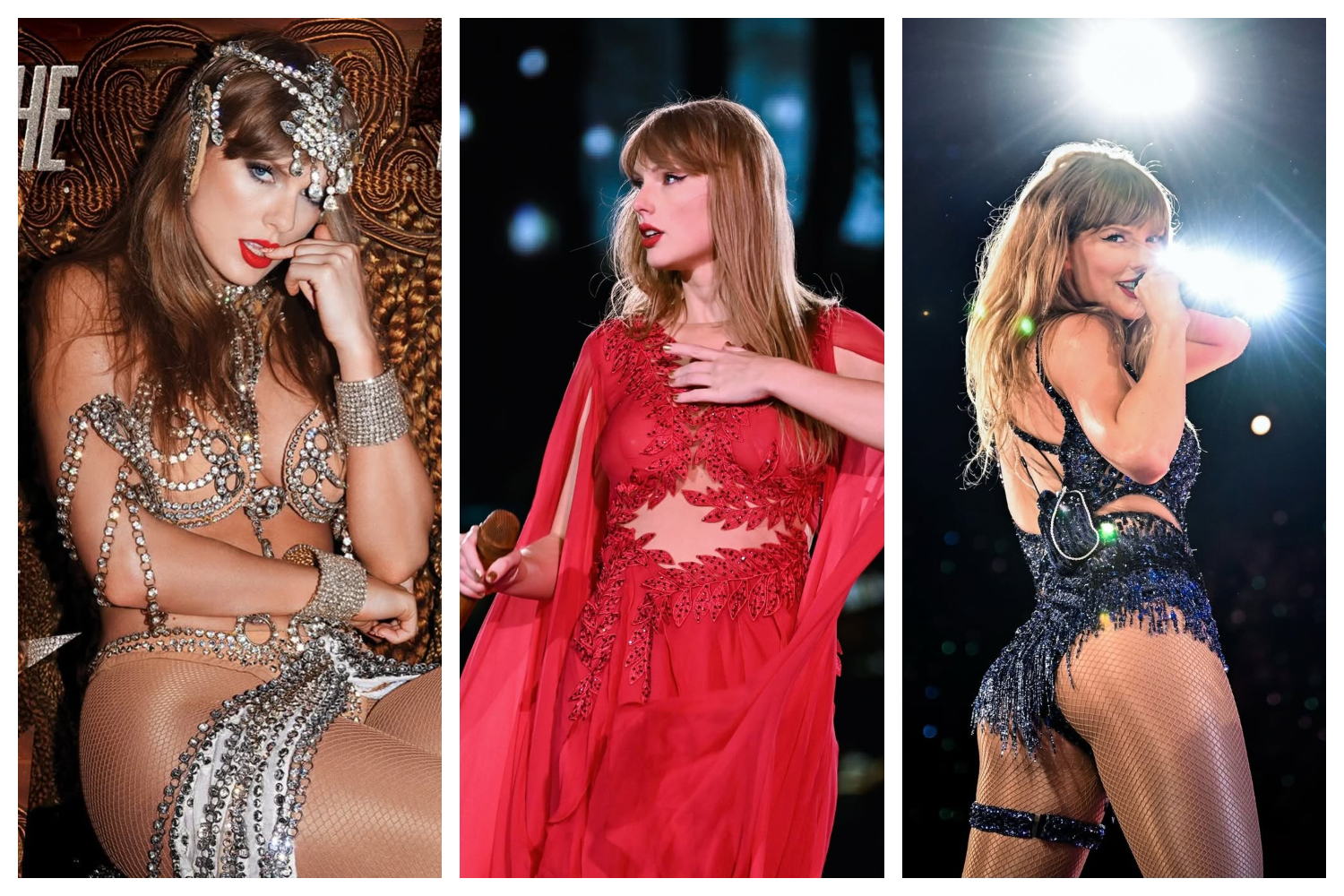Marvel and DC have seen a plethora of memorable superheroes during their run on the big screen. As superhero narratives change, so do the identities of the characters we love. The increase in LGBT comics has significantly impacted the entertaining narrative of comic books, allowing for a more inclusive and diverse telling. Both Marvel and DC have introduced superheroes who represent the LGBTQ+ community and fight crime. Let’s take a look at some of the most iconic LGBTQ+ superheroes from both comic giants and how they stack up against each other.
1) Northstar Marvel
Northstar — whose real name is Jean-Paul Beaubier — is Marvel’s first outwardly gay superhero. First appearing in Uncanny X-Men #120 (1979), Northstar was initially part of the Canadian superhero team, Alpha Flight. His superpowers are superhuman speed, superhuman quickness and the ability to fly almost at the speed of light.
That moment’s breakthrough was in Alpha Flight No. 106 (1992), when Northstar became the first superhero in mainstream comics to say, “I am gay,” publicly. It was a groundbreaking moment for LGBTQ+ representation in comics, paving the way for Northstar to eventually marry his partner Kyle Jinadu in the pages of Astonishing X-Men #61 (2012), which became Marvel’s first same-sex superhero wedding. Northstar set the tone for many gay characters after him, including the likes of Iceman and Wiccan — making him one of the most important figures not just in Marvel history, but in LGBTQ+ representation in comic books as a whole.
2) Extraño Marvel
Extraño, DC Comics’ first openly gay superhero, first appeared in Millennium #2 (1987). Extraño was one of the few characters to bring LGBTQ+ representation to the DC universe at the time, known for his vibrant, extravagant personality as well as his powers as a sorcerer. Although his queerness wasn’t stated outright, it was implied through his actions and interactions, signaling to readers his queerness.
Unfortunately, his journey also included a controversial plotline about HIV in New Guardians #1 (1989), where he contracts the virus from the supervillain Hemo-Goblin. While this HIV narrative has been criticized for its problematic representation, Extraño’s character has evolved in subsequent years. He currently stars in the Midnighter & Apollo series and was the first member of the Justice League Queer, a group of LGBTQ+ heroes.
3) Victoria ‘Vicki’ Montesi Marvel
Victoria Montesi is a lesser-known but an important character in the Marvel realm that was introduced in Django Unchained in The Darkhold #1 (1992). A member of the Montesi family and guarder of the dark tome the Darkhold, Vicki’s significance comes from being Marvel’s first out lesbian superhero. Though her queerness was never officially “announced” in her debut, her romance with Natasha Salvato was integral to her story, retroactively designating her as a queer character.
Although, in the span of a few years, Vicki fell off the Marvel Universe radar, she returned as a superhero in Crypt of Shadows #1 (2023), and her existence reaffirms her as an important LGBTQ+ superhero in Marvel history. Other notable characters, such as America Chavez and Ayo, define their sexuality as well, broadening the scope of characters in Marvel’s pantheon.
4) Batwoman Marvel
Batwoman, or Kate Kane, first appeared in Detective Comics #233 (1956), but DC Comics brought her back in 2006 as an openly lesbian superhero in 52 #11. The character’s evolution from a simple romantic foil to Batman to a monument for LGBTQ+ pride is one of the most profound transformations in comic book history. The character of Batwoman went on to be the first openly lesbian superhero to star in her own comic series.
Batwoman was created in direct response to the Comics Code Authority’s restrictive guidelines which forbade the explicit representation of LGBTQ+ characters. Despite its rocky start, Batwoman’s evolution has codified her as a queer icon. Most recently portraying Kate Kane in the Batwoman series solidified her place as one of the top LGBTQ+ superhero characters in history.
5) Loki
One of the most complex characters in the Marvel Universe is the God of Mischief, Loki; and Loki’s sexuality has evolved into a significant part of their narrative over time. Although Loki was originally introduced as a villain way back in Journey Into Mystery #85 (1952), it wasn’t until Young Avengers #15 (2013) that their bisexuality was canonized. Talking to another superhero, Prodigy, Loki explains that there’s no fixed idea of a sexual identity in their culture, and that their relationships with men and women are just as valid.
Loki’s bisexuality was also amplified in the MCU, with Loki (2021), who explicitly references their romantic relationships with both men and women. That was a landmark moment in the effort to increase LGBTQ+ visibility in the MCU and it further solidified Loki as a key character in Marvel’s push for diverse storytelling.
As we continue through Pride Month and beyond, it’s no doubt that the representation of LGBTQ+ superheroes is still a work in progress across mediums and generations, but one that is sure to keep empowering fans from all walks of life. Whether fans lean more towards Marvel or DC, both comic book worlds have made tremendous strides for their queer counterparts, paving the way for a world in which queer superheroes are commonplace rather than rare and fundamental, if not ubiquitous, in the superhero landscape.
Stay tuned to Flash Sports for further updates on all things entertainment and sports!


